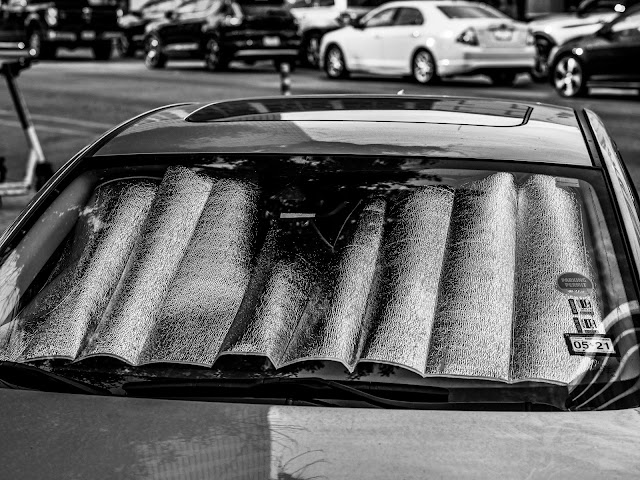One thing I dislike about nearly all the "focus-by-wire" lenses out on the market is the inability of the user to set the lens to a specific distance without having to bring the camera to your eye, focus it, lock focus and then wait for your subject to be in the optimal spot. Especially frustrating when it comes to street shooting or discreet photography where pre-focusing on a certain distance can be very effective.
Remember the days of manual focus lenses? They had distance scales on them, long focus throws, and detailed depth of field scales. You could set your 24mm lens to something like ten feet, set your aperture to f11 and be sure of getting good sharpness from 7.94 feet to 18.04 feet. Or somewhere in the very close ballpark.
Not so with all the enormously expensive and oversized lenses we now have offered to us for our modern cameras. Big use-ability steps backwards at many turns. At least for people who like to zone focus, pre-focus or use the idea of hyper-focal distance setting.
I'm not sure how Sony, Fuji, Canon or Nikon deal with this but there is a nice solution for Leica SL, SL2 and SL2-S users. If they are using L system lenses on their cameras and they set their lens to manual focus then a half press on the shutter brings up a nice graphic on the camera's top screen. If you've set the aperture to a specific f-stop as you turn the lens focusing ring the display will read out the exact focused distance, the focus behind the point of sharpest focus that will still be acceptable (back), and the distance at which the system will still be in focus in front of the camera (front).
I tested this feature out again today. It works with native Leica SL lenses, Panasonic L mount lenses and Sigma L mount lenses. I don't know if other camera makers offer the same feature or something similar but for people who like to, want to, or have to manually focus anything less is a deal-killer. Yep. Deal-Killer.
This isn't "new tech." In the M Leica world this sort of necessary and helpful information was right there on the lens for immediate visual access. And in fairness it was on all camera makers' manual focus lenses back in the day. The disconnection started with AF systems and got progressively worse in the digital age.
Sure, Fuji and Sigma make lenses with manual aperture rings but few of them have marked distance scales and even fewer have depth of field marketings for the most used apertures. Panasonic and Olympus and Fuji make a few lenses with clutches that put the lens into a fully manual mode with hard stops at both ends of the scale and good distance and depth of field scales. That's the way to handle it on the lens side of the equation.
But for all the other lenses the Leica SL, introduced in 2015, set the standard for this kind of usability feature.
Not trying to be a brand champion here but I will say it's a feature I can see all kinds of use for in practice. Especially with the wider lenses.
The perfect reason to buy a $7000 Leica SL2 body? Maybe not quite. But if you are locked into a system that doesn't have this feature, or something similar, you might consider banding together with other like minded users and starting a letter writing campaign. It might just work.
Added: A decent article about hyperfocal distance measuring and implementation.... https://www.bhphotovideo.com/explora/photography/tips-and-solutions/calculating-hyperfocal-distance-in-photography























